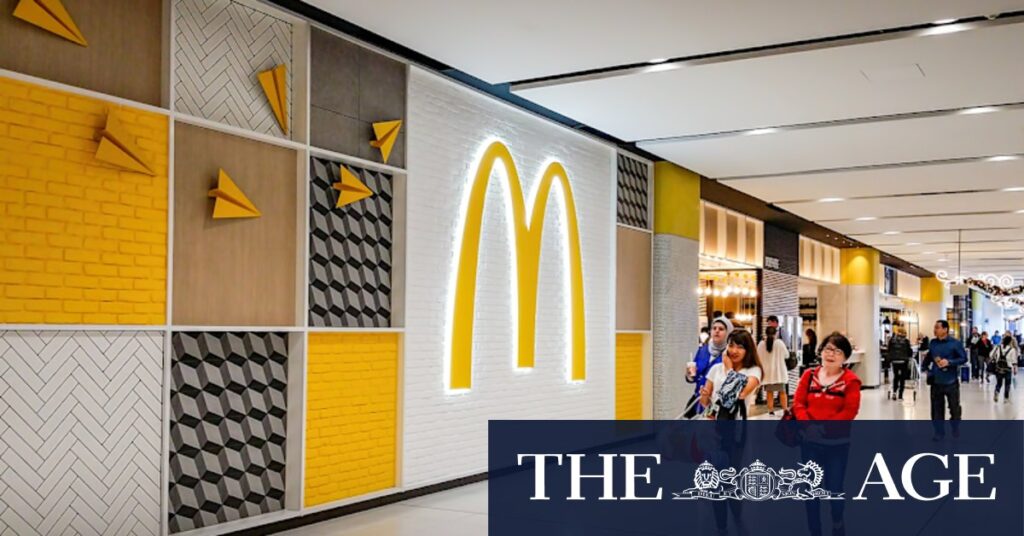
When hunger strikes at an airport, many travelers face a familiar dilemma: fast food or fancy dining? As airports worldwide increasingly host luxury restaurants, the debate intensifies. For seasoned travel writer Ben Groundwater, the choice is clear—fast food reigns supreme.
Groundwater, who has traversed the globe for over 25 years, recently shared his thoughts on the matter. “I always wonder about the airport Louis Vuitton stores,” he muses, questioning the purpose of luxury shops in airports. “These places are always beautiful, but who can actually afford to shop there?”
The same sentiment extends to airport dining. While airports like Doha’s Hamad International boast high-end eateries such as Emporio Armani Ristorante and Gordon Ramsay’s Street Pizza, Groundwater remains unimpressed. “I ended up paying about $60 for a margherita and a glass of pinot noir, and it was bog-average at best,” he recalls.
The Rise of Luxury Dining in Airports
This trend isn’t limited to Doha. Airports globally, from Singapore’s Changi to Sydney’s international terminal, are embracing upscale dining options. Yet, as Groundwater points out, these establishments often cater to a minority of travelers. “Vast swathes of the departure lounge’s limited real estate are dedicated to luxury stores that are entirely out of reach for all but the very richest traveler,” he notes.
Meanwhile, budget-conscious travelers like Groundwater gravitate towards more affordable, quick-service options. “When I pass through an airport, unless it’s Singapore’s Changi or Tokyo’s Haneda, where I know I can get affordable, legitimately delicious local cuisine, I’m probably going to opt for a dirty burger,” he admits.
Why Fast Food Appeals to Travelers
The allure of fast food at airports lies in its convenience and accessibility. With limited time and often limited funds, travelers prioritize efficiency over extravagance. “I’m usually on my own, I have limited time to spend, limited money I want to part with, and I have no interest in a formal dining experience,” Groundwater explains.
His preference is echoed by many frequent flyers who value speed and simplicity over gourmet experiences. Fast food, with its quick service and predictable menu, provides a reliable option for those in transit.
Implications for Airport Dining Trends
The growing presence of luxury dining options at airports raises questions about their long-term viability. While these establishments may enhance an airport’s image, they often fail to meet the needs of the average traveler. “At 7am on a Tuesday when I’ve got about 15 minutes before my flight boards, what I really want is a bacon and egg muffin and a hash brown,” Groundwater quips.
As airports continue to evolve, balancing luxury and practicality will be crucial. The introduction of upscale dining options must be tempered with accessible alternatives that cater to a broader audience.
In the end, Groundwater’s perspective underscores a broader truth about air travel: amidst the hustle and bustle, simplicity often prevails. As airports expand their culinary offerings, the challenge will be to ensure that all travelers, regardless of budget, can find something to satisfy their hunger.
“I want it quick and cheap. Fast food is fine.” – Ben Groundwater
As Sydney Airport unveils new food offerings at its Qantas domestic terminal, including Icebergs and Luke Mangan’s Bistro & Bar, the debate continues. Will these high-end options attract travelers, or will the golden arches of fast food remain the ultimate airport dining destination?





